If in the 1990s the world moved towards globalization and religious unification, the 21st century witnessed the opposite: People turned to “local beliefs”.
In Korea, young people are relearning shamanism; in Northern Europe, people are rebuilding the Odin temple; in Vietnam, the spirit mediumship ceremony is livestreamed and young people call it “living heritage”… The return of indigenous beliefs is not just a cultural story - but a journey to find identity in a world that is too flat.
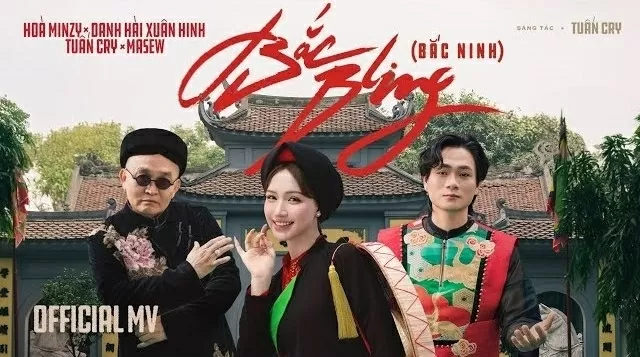 |
MV Bac Bling by artists Hoa Minzy, Meritorious Artist Xuan Hinh, musician Tuan Cry recreates the culture of the Northern region through the ritual of Hau Dong, traditional costumes and folk music interwoven with modern rap. (Source: Youtube) |
The Quiet Revival
In a world filled with technology and speed, a paradox is taking place: The more modern we become, the more we seek primitive values. It is not just the revival of yoga, meditation or “green living” movements, but more deeply - the return to indigenous beliefs, belief systems that were once marginalized by monotheism and rationalism.
In South Korea, shamanism (musok) - once considered superstitious - is now recognized by the United Nations Educational , Scientific and Cultural Organization (UNESCO) as an intangible cultural heritage. According to the Korea Times ,
South Korea currently has about 300,000 shamans, most of whom operate informally. In Seoul alone, many gut rituals are being revived and are appearing in films, music videos, and contemporary art exhibitions.
“Shamanism… is an invisible, mysterious and spiritual world,” famous shaman Lee Kyoung-hyun told Reuters . She approaches her clients in a completely modern way: through social media accounts with hundreds of thousands of followers.
In New Zealand, young Maori are also reviving the haka and karakia rituals – not just for sport, but as a way of “keeping alive the spirits of our ancestors.
According to Te Ao Māori newspaper, Matariki (Māori New Year) activities – including dawn karakia and communal haka – have become spaces for young people to reconnect with “tikanga” – the Māori way of life.
In northern Europe, neo-paganism (the revival of ancient pre-Christian religions in Europe and North America) is spreading, with thousands of Swedes and Norwegians returning to worship Odin, Freya and the Norse gods. They see it as “a natural reaction to the spiritual emptiness of the digital age.”
Iceland Review magazine once noted that the Nordic Revival Society in Iceland – is one of two religious organizations with the largest increase in membership in the national religious register.
In Latin America, Inca and Aztec rituals, once banned by Spanish colonizers, are being revived by younger generations as an act of identity revival. In ceremonies in Peru or Mexico City, people burn copal or traditional herbs to purify the space, offer coca, pray to the Sun - images once seen only in history books, now appearing on Instagram and TikTok with the hashtag #returntotheroots.
Not only from the curiosity of young people, it is a quiet revival. And, perhaps, when globalized cultures make people become similar to each other, indigenous beliefs become a way for each nation to find its own identity.
Why turn back instead of moving forward?
Scholars call this trend “re-indigenization” – a return to traditional values to heal the modern world.
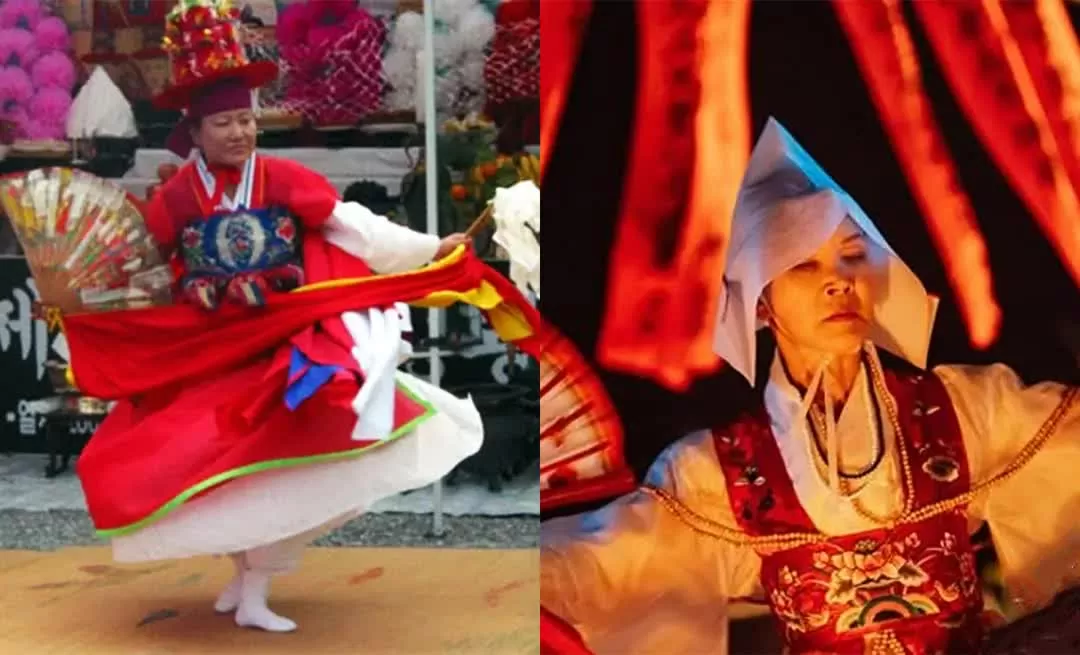 |
| Shamanic dances in Korea appear more and more in Korean movies and entertainment programs. (Source: Yonhap) |
According to Canadian anthropologist Wade Davis in a 2020 interview with independent media site Mongabay , we are living in a time when language is gradually disappearing. Language, not only vocabulary and grammar but also an inseparable part of the human spirit, is the means through which the soul of a culture reaches the material world. That loss means the disappearance of thousands of spiritual universes. In that loss, people begin to realize: Material development does not mean happiness.
The 20th century glorified reason, science, and growth, but it also pushed humanity into a spiritual crisis. Digital loneliness, depression, exhaustion, disorientation… all make people feel empty, despite having plenty of material things.
When the world is too noisy with data and logic, people begin to crave the silence of the soul – where emotions and intuition are heard. And indigenous beliefs are the oldest language of that. Indigenous rituals – from African fire dances to Central Highlands gongs – awaken the genetic memory of nature in each person’s mind. In the sound of drums or the smell of incense, people find a sense of “belonging” that technology cannot create.
In Canada, Indigenous people hold Powwows attended by tens of thousands each year, both as a celebration and as a declaration: “We are still here.” Indigenous beliefs, in that sense, are not just about spirituality – they are about the right to exist as distinct.
Vietnam is no exception.
In Vietnam, the phenomenon of returning to indigenous beliefs is taking place quietly but clearly. In 2016, the Mother Goddess religion was recognized by UNESCO as an intangible cultural heritage of humanity. Hau Dong rituals gradually appear more and more in urban life, especially in Hanoi, Hai Phong and Nam Dinh.
If in the past, Hau Dong was associated with the peasant class, now young people, artists, and businessmen all come to it. They not only "ask for luck", but also find a "native spiritual language" for themselves. On social networks, pages such as Viet Nam Tin Nguong and Dao Mau Today have tens of thousands of followers. Hau Dong videos have reached millions of views on TikTok.
Not only Mother Goddess religion, the worship of Than Nong, Mother Water, or the harvest praying rituals of the Tay, Dao, Muong people... are also being revived in festivals and community cultural tours. In addition, many young Vietnamese artists are incorporating indigenous spiritual elements into their creations, creating unique touches between tradition and modernity.
From the visual works of Le Giang and Nguyen Trinh Thi to the musical projects of Den Vau and Hoang Thuy Linh, all use the images of Mother Goddesses, deities, and rituals to express the desire for freedom and identity.
Recently, the MV Bắc Bling by Hòa Minzy in collaboration with Meritorious Artist Xuân Hinh and musician Tuấn Cry has become a prominent example: Recreating the culture of the Northern region through the spirit medium ritual, traditional costumes and folk music interwoven with modern rap. The song not only created a "storm" on social networks but also aroused national cultural pride in the young generation, proving that indigenous beliefs and cultures are being reborn in a popular form.
Is the wave just temporary?
The resurgence of indigenous beliefs reflects a global spiritual need – the need for connection, for belonging, for balance. Young people in the 21st century do not reject technology, they just want to “sink their roots” deeper while still reaching high. They meditate via phone apps, attend Mother Goddess ceremonies at the beginning of the year; listen to trance music, get Maori god tattoos; use social media, and tell ancient stories via podcasts.
Indigenous beliefs are therefore no longer limited to temples, but have infiltrated contemporary life in new forms: electronic folk music, spiritual documentaries, performance art, community tourism, even in fashion design and digital art.
It helps young people see that identity is not something old, but the material for creating the future. The return to indigenous beliefs is not a denial of progress, but a reclaiming of the right to balance between reason and spirit, to allow the past and present to “talk” to each other.
An article published in the academic journal Public Culture in 2000 noted that in the era of globalization – when the world seems “flatter” than ever – local people seek to retain their own identity through their distinctive cultural beliefs and practices.
In other words, humans are trying to re-engrave their fingerprints on the map of the human spirit, and that is the deepest meaning of this return: We are not finding the old, but finding ourselves – the original part that the world's progress has unintentionally forgotten.
Source: https://baoquocte.vn/niem-tin-ban-dia-di-xa-de-tim-lai-chinh-minh-333158.html





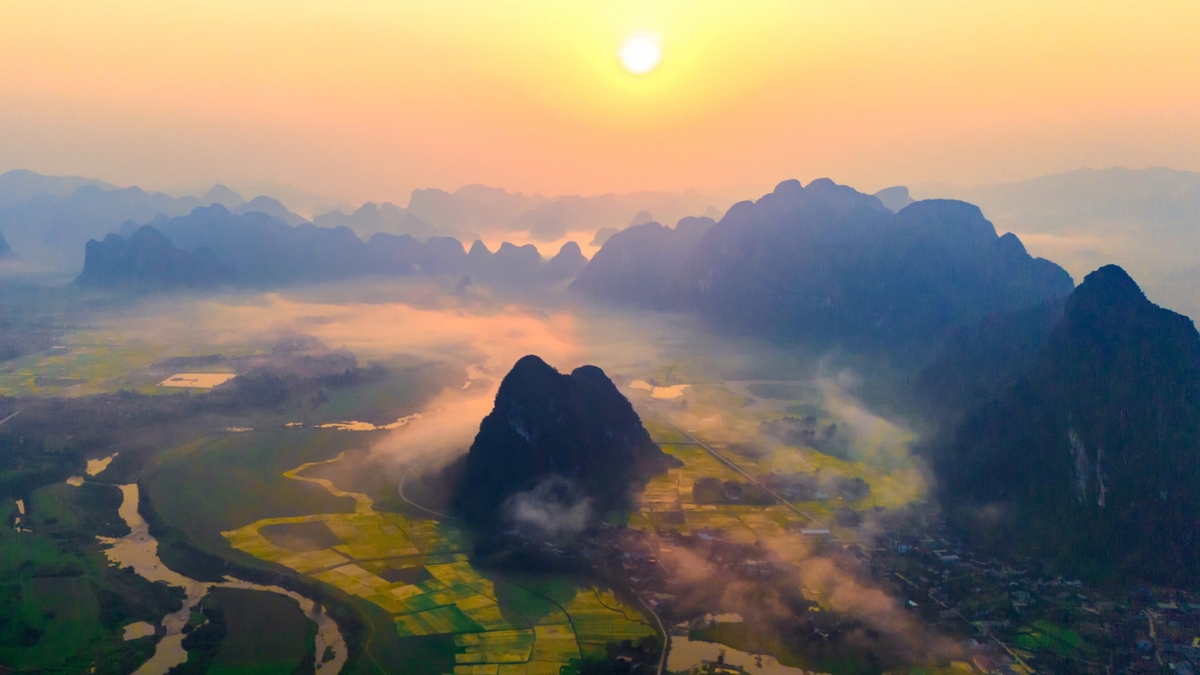

















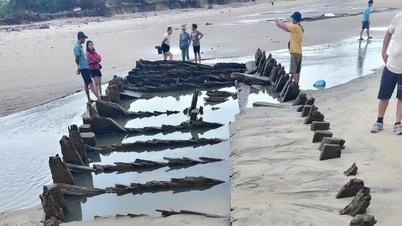

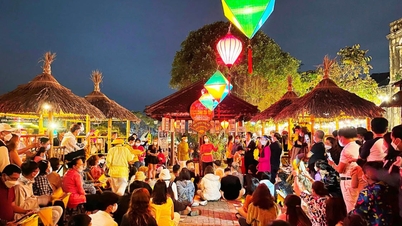







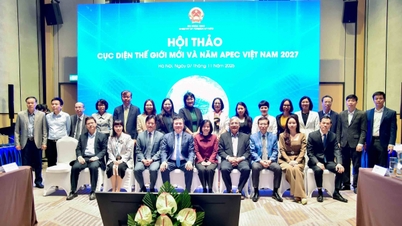
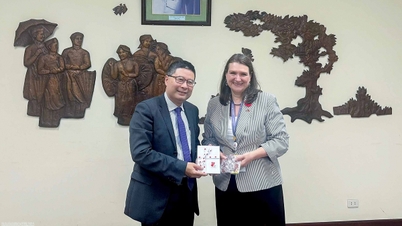
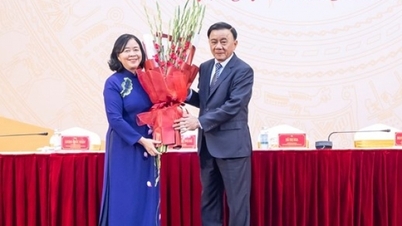
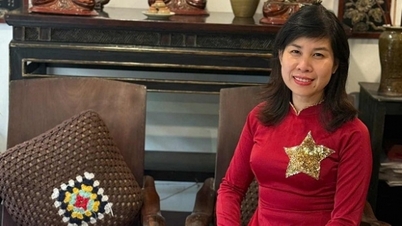












![[Video] Hue Monuments reopen to welcome visitors](https://vphoto.vietnam.vn/thumb/402x226/vietnam/resource/IMAGE/2025/11/05/1762301089171_dung01-05-43-09still013-jpg.webp)



































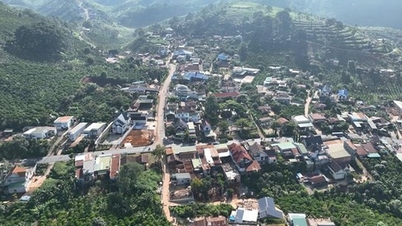




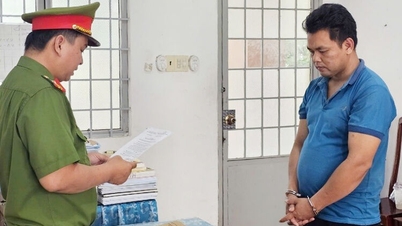






![Dong Nai OCOP transition: [Part 2] Opening new distribution channel](https://vphoto.vietnam.vn/thumb/402x226/vietnam/resource/IMAGE/2025/11/09/1762655780766_4613-anh-1_20240803100041-nongnghiep-154608.jpeg)













Comment (0)